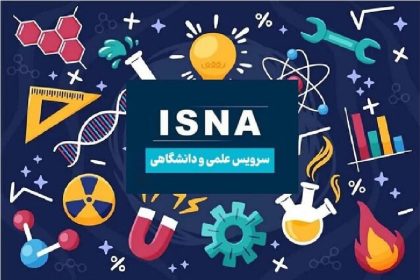Argonne National Laboratory researchers have introduced a new method to accurately evaluate the aging process in lithium-ion batteries. This method, which is based on nuclear magnetic resonance (NMR) spectroscopy, provides the possibility of examining the chemical changes inside the batteries over time and under different conditions.
According to the scientific news department of Tekna Technology Media, lithium-ion batteries are used as an energy source in many electronic devices and electric vehicles. However, one of the main challenges in these batteries is the gradual reduction of their capacity and efficiency over time, which is known as battery aging. To improve the performance and lifetime of batteries, a deep understanding of the chemical processes that lead to aging is essential.
NMR spectroscopy, which is very similar to magnetic resonance imaging (MRI) in medicine, allows researchers to examine changes in the atomic structure of materials with very high precision. In this method, strong magnetic fields are used to generate signals from atomic nuclei, which contain valuable information about the chemical environment around the nuclei.
Using NMR spectroscopy, researchers have been able to closely monitor chemical changes in lithium-ion batteries, especially those that use silicon anodes. Silicon anode is of interest to many researchers due to its high energy storage capacity, but challenges such as volume increase and side reactions with electrolyte reduce the life of these types of batteries.
Using this method, the researchers were able to observe the changes in the crystal structure of the material during the charge and discharge cycles. By better understanding the chemical processes that occur in the battery, researchers can provide solutions to improve the performance and lifespan of batteries. For example, in this research, by adding magnesium salt to the electrolyte, the researchers were able to prevent the formation of some undesirable compounds that reduce battery capacity.
NMR spectroscopy technique can be used as a powerful tool to develop a new generation of lithium-ion batteries with better performance and longer life. Also, this method can be used in examining other types of batteries such as solid state and sodium-ion batteries.
To see the latest news, refer to the scientific news page of Tekna Media.
RCO NEWS
















